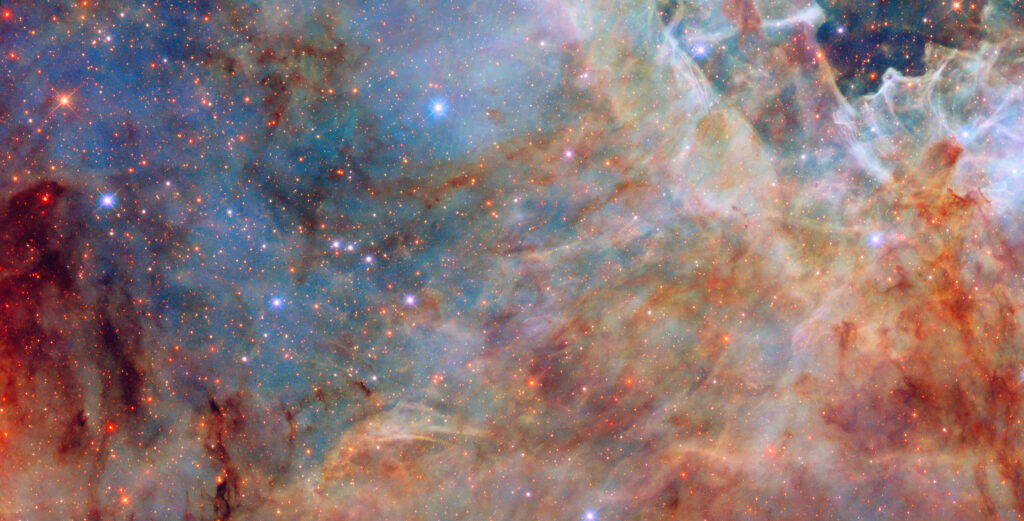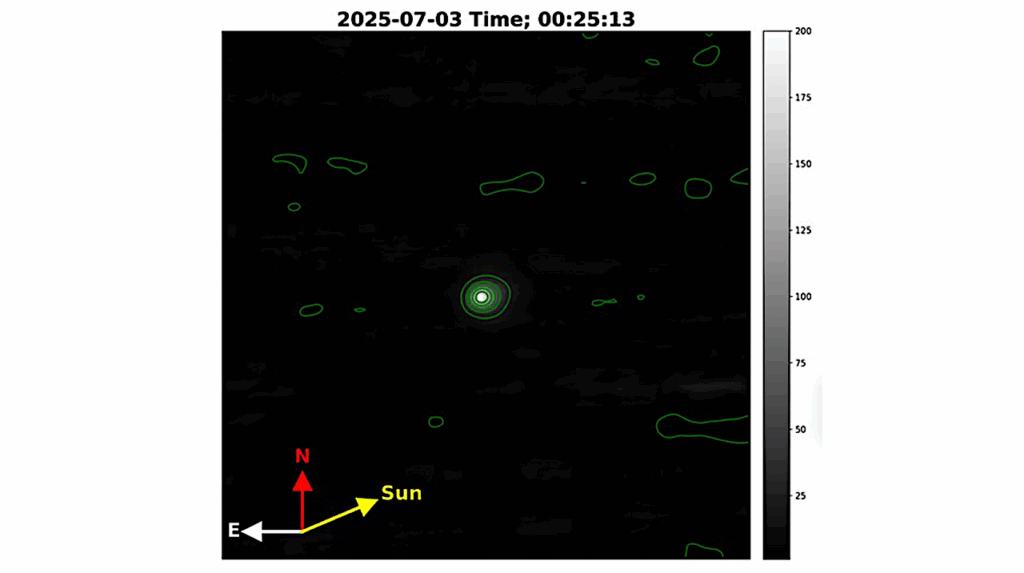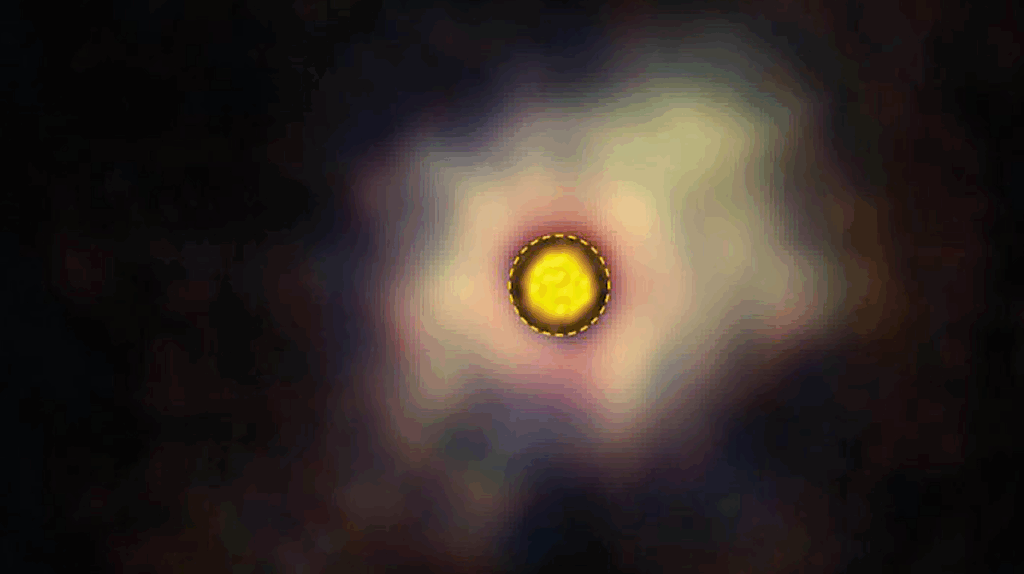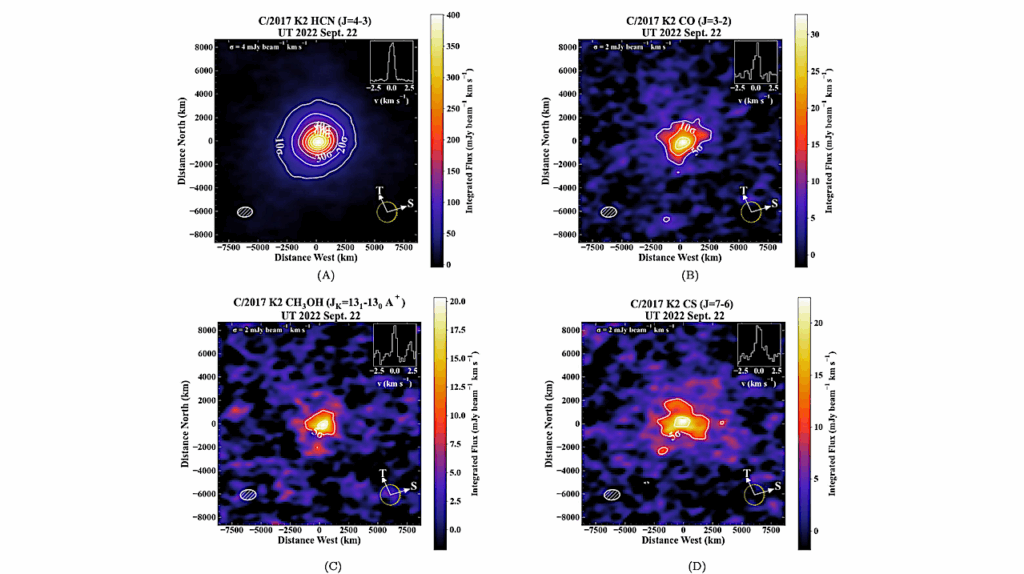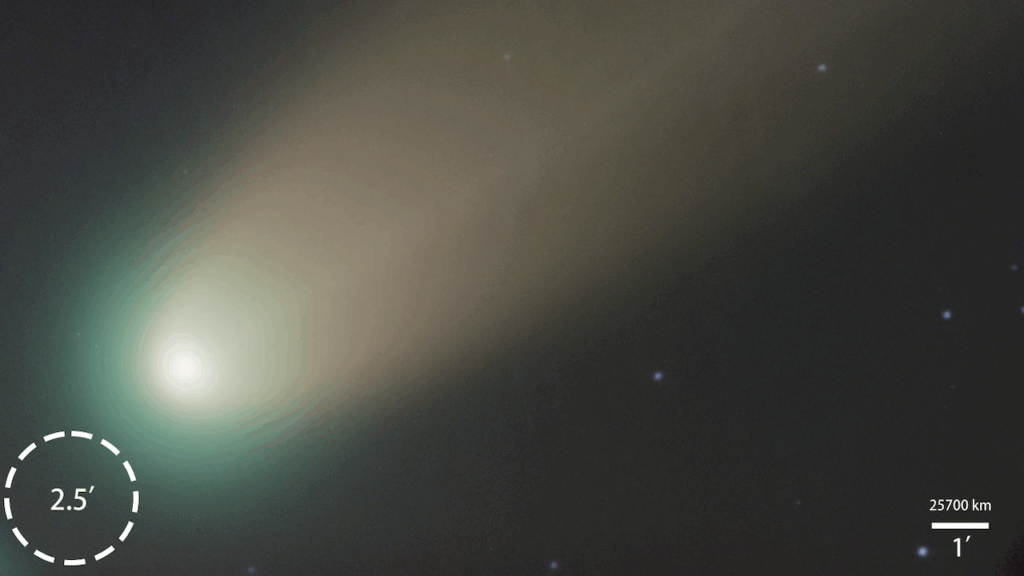Infrared Detection Of Aliphatic Organics On A Cometary Nucleus

The ESA Rosetta mission has acquired unprecedented measurements of comet 67/P-Churyumov-Gerasimenko (hereafter 67P) nucleus surface, whose composition, as determined by in situ and remote sensing instruments including VIRTIS (Visible, InfraRed and Thermal Imaging Spectrometer) appears to be made by an assemblage of ices, minerals, and organic material.
We performed a refined analysis of infrared observations of the nucleus of comet 67P carried out by the VIRTIS-M hyperspectral imager. We found that the overall shape of the 67P infrared spectrum is similar to that of other carbon-rich outer solar system objects suggesting a possible genetic link with them. More importantly, we are also able to confirm the complex spectral structure of the wide 2.8-3.6 micron absorption feature populated by fainter bands. Among these, we unambiguously identified the presence of aliphatic organics by their ubiquitous 3.38, 3.42 and 3.47 micron bands. This novel infrared detection of aliphatic species on a cometary surface has strong implications for the evolutionary history of the primordial solar system and give evidence that comets provide an evolutionary link between interstellar material and solar system bodies.
A. Raponi, M. Ciarniello, F. Capaccioni, V. Mennella, G. Filacchione, V. Vinogradoff, O. Poch, P. Beck, E. Quirico, M. C. De Sanctis, L. Moroz, D. Kappel, S. Erard, D. Bockelée-Morvan, A. Longobardo, F. Tosi, E. Palomba, J.-P. Combe, B. Rousseau, G. Arnold, R. W. Carlson, A. Pommerol, C. Pilorget, S. Fornasier, G. Bellucci, A. Barucci, F. Mancarella, M. Formisan, G. Rinaldi, I. Istiqomah, C. Leyrat
Subjects: Earth and Planetary Astrophysics (astro-ph.EP)
DOI: 10.1038/s41550-019-0992-8
Cite as: arXiv:2009.14476 [astro-ph.EP] (or arXiv:2009.14476v1 [astro-ph.EP] for this version)
Submission history
From: Pierre Beck
[v1] Wed, 30 Sep 2020 07:23:50 UTC (1,249 KB)
https://arxiv.org/abs/2009.14476
Astorochemistry, Astrobiology,



